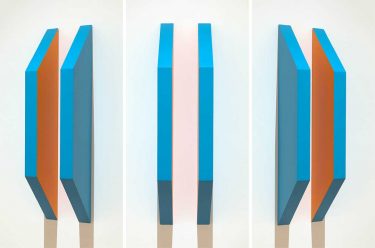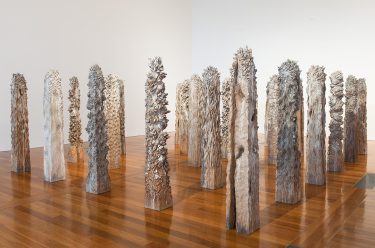On display within the Queensland Art Gallery’s International Art Collection, Philip Bacon Galleries (7- 9), the elegant contours of Paul Gauguin’s sculpture Madame Schuffenecker c.1890 (illustrated) reflect the simplified design that is so distinctive in his painting, and which was to become increasingly influential on the work of painters such as Henri Matisse and Pablo Picasso.
The subject is the wife of Gauguin’s lifelong friend and fellow artist Claude-Emile Schuffenecker, Gauguin frequently used their home in Paris as a base, and Claude-Emile often assisted Gauguin both on a personal and financial level.
After pursuing a career in stockbroking, Gauguin turned to painting full time in the 1880s. He met Camille Pissarro in the mid 1870s and exhibited with the Impressionists in 1881 and 1882, but moved increasingly toward a symbolist style of bright colour and bold design. It is likely that this work was made just before the brief period when Gauguin relocated to Pont Aven, Brittany, to work alongside his friend Vincent van Gogh.
Paul Gauguin ‘Madame Schuffenecker’ c.1890

#QAGOMA


